FREQUENTLY ASKED QUESTIONS
What is the warranty on a pressure gauge?
+Winters offers a 5 year warranty on pressure gauges.
There are so many gauges available. How can I choose the correct one?
+Winters carries very comprehensive lines of pressure gauges to ensure we meet the requirements of all industrial markets. There are several ways for you to correctly select a pressure gauge:
1) View the selection matrix.
2) Read the Support Tools sections to get more in-depth coverage of the parts of pressure gauges.
3) Call to speak with a technical sales representative who will be able to help you pick the gauge you need and order it.
How do I specify the correct pressure ranges?
+Winters recommends choosing a pressure range where the normal operating pressure will fall in the middle of the scale (i.e. choose a 0/160 psi gauge if your normal working pressure is around 80 psi). Having a higher range will also protect the gauge from pressure spikes or accidental over-pressure.
Do you oxygen clean pressure gauges?
+Oxygen cleaning is a chemical cleaning service for instruments coming into contact with process media. These instruments, intended for use within an oxygen-enriched environment, must adhere to stringent cleanliness requirements. Winters Instruments provides oxygen cleaning services to effectively prepare a component to operate within an oxygen-enriched environment. The oxygen cleaning process prepares these components by removing combustible contaminants. Through oxygen cleaning, both organic and inorganic contaminants such as hydrocarbon materials eg oils or greases are removed. Winters offers Level IV cleaning as standard and has the capabilities to offer other cleaning standards as well. Contact us for any questions you might have regarding our oxygen cleaning & cleanroom capabilities.
I see 3-2-3% accuracy for some gauges. What does this mean?
+ASME specifies eight main accuracy “grades”: 4A, 3A, 2A, 1A, A, B, C, and D. Pressure gauges that have a 3-2-3% accuracy is categorized as ASME Grade B, meaning that the lower and upper 1/4 of the scale has 3% accuracy and the middle 1/2 is 2% accurate.
What is full scale accuracy?
+Full scale accuracy applies to ASME Grades 4A, 3A, 2A, and 1A, so the percentage of error is uniform across the entire scale and not variable like Grades A, B, C, and D.
When should I choose stainless steel over brass wetted parts?
+Stainless steel is more durable than brass, so it is important to select stainless steel when you are measuring pressure of corrosive media. Always use a material compatibility guide to make your selection or contact a Winters representative.
What are the most common connection types?
+Standard thread on Winters pressure gauges is NPT (National Pipe Thread). NPT connections are standard in North America, and may also be defined further as NPT male (external threads) orNPT female (internal threads). Optional connection types are SAE, BSP, BSPT, or JIS. If you are unsure of the type of connection you need, please speak with a Winters representative.
How are pressure gauges mounted?
+The mounting location is determined by the equipment and/or space. Bottom, centre back, lower back, side and in-line connections are considered direct mount. This means that the pressure gauge’s socket and wetted parts are in direct contact with the media being measured. Consider purchasing a back flange for panel mounts, or a front flange if you need the gauge to be flush mounted. U-clamps are available as an alternative to flush mounting a gauge, or if you are unable to use a front flange. If a piece of equipment produces heavy vibration, you may remote-mount a gauge.

 LiveSupporti
LiveSupporti